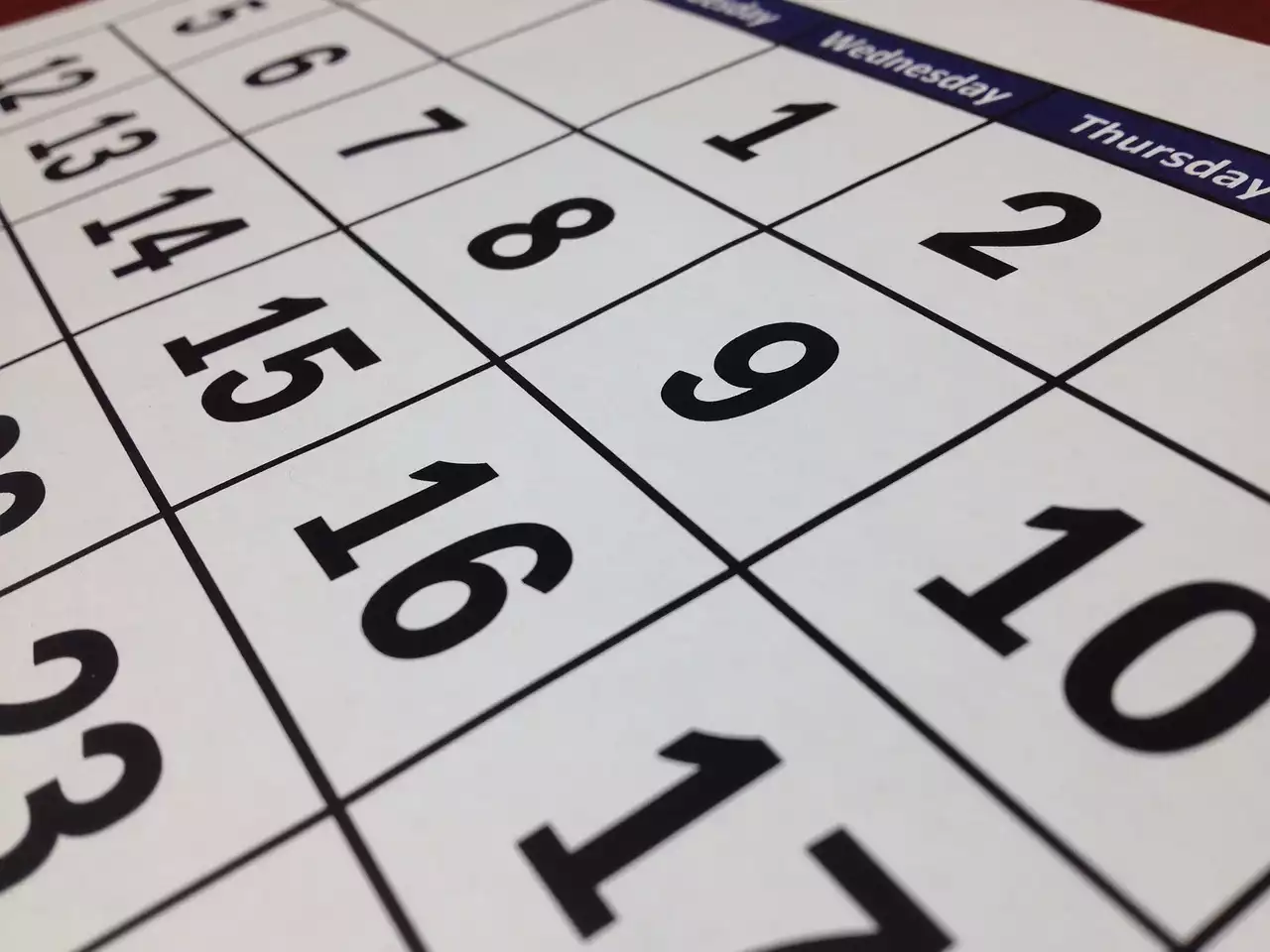The Importance of Having a Content Calendar
A content calendar is a tool that helps you plan and organize your content creation process. It provides you with a bird's eye view of your content strategy, so you can see the big picture and plan your content accordingly. Having a content calendar allows you to stay on top of your content production, ensuring that you always have fresh and engaging content to share with your audience.
One of the main benefits of having a content calendar is that it helps you stay organized. By planning your content in advance, you can ensure that you're creating content that aligns with your business goals and marketing objectives. You can also avoid the stress of last-minute content creation, which can lead to poor quality content and missed deadlines.
Another benefit of having a content calendar is that it helps you maintain consistency. Consistency is key in content marketing, as it helps you build trust and credibility with your audience. By planning your content in advance, you can ensure that you're consistently delivering valuable content to your audience, which will help you build a loyal following.
Benefits of a Content Calendar
A content calendar has several benefits that can help you streamline your content creation process and achieve your marketing goals. Here are some of the benefits of having a content calendar:
1. Increased productivity: By planning your content in advance, you can avoid last-minute content creation and stay on top of your content production. This can help you increase your productivity and get more done in less time.
2. Improved quality: When you plan your content in advance, you have more time to research, write, and edit your content. This can help you produce higher quality content that resonates with your audience.
3. Better organization: A content calendar helps you stay organized by providing you with a clear overview of your content strategy. This can help you avoid confusion and ensure that you're creating content that aligns with your business goals and marketing objectives.
4. Consistency: By planning your content in advance, you can ensure that you're consistently delivering valuable content to your audience. This can help you build trust and credibility with your audience, which will help you build a loyal following.
Different Types of Content Calendars
There are several different types of content calendars that you can use to plan your content. Here are some of the most common types:
1. Spreadsheet: A spreadsheet is a simple and straightforward way to create a content calendar. You can use a spreadsheet to organize your content by date, topic, format, and other relevant information.
2. Editorial calendar: An editorial calendar is a more detailed version of a spreadsheet. It includes information about the content type, target audience, keywords, and other relevant information.
3. Content marketing software: There are several content marketing software tools available that can help you plan and organize your content. These tools offer features like content ideation, analytics, and team collaboration.
4. Project management software: Project management software can also be used to create a content calendar. This type of software is designed to help you manage tasks, deadlines, and team collaboration.
How to Create a Content Calendar
Creating a content calendar may seem daunting, but it's actually a straightforward process. Here's a step-by-step guide to help you create a content calendar that works for you:
1. Set your goals: Before you start planning your content, you need to define your goals. What do you want to achieve with your content? Do you want to drive traffic to your website, generate leads, or increase brand awareness? Once you've defined your goals, you can create a content strategy that aligns with them.
2. Research your audience: To create content that resonates with your audience, you need to understand who they are and what they're interested in. Conduct market research to identify your target audience's pain points, interests, and preferences.
3. Brainstorm content ideas: Once you've identified your target audience, you can start brainstorming content ideas. Use your research to come up with topics that will resonate with your audience and help you achieve your marketing goals.
4. Create a schedule: Once you've brainstormed your content ideas, you can create a schedule that works for you. Decide how often you want to publish content, and create a schedule that outlines when each piece of content will be published.
5. Assign tasks: If you're working with a team, you'll need to assign tasks to each team member. Make sure everyone knows their responsibilities and deadlines.
6. Review and revise: Once you've created your content calendar, review it regularly to ensure that it's still aligned with your goals and marketing objectives. Revise your content calendar as needed to ensure that you're on track to achieve your goals.
Factors to Consider When Planning Your Content Calendar
When planning your content calendar, there are several factors that you need to consider. Here are some of the most important factors:
1. Audience: Your content should always be created with your target audience in mind. Consider their interests, pain points, and preferences when planning your content.
2. Goals: Your content should be aligned with your business goals and marketing objectives. Make sure that each piece of content is created with a specific goal in mind.
3. Timing: Timing is important when it comes to content marketing. Consider seasonal trends, holidays, and other relevant events when planning your content.
4. Resources: Consider your available resources, including time, budget, and team members, when planning your content. Make sure that your content calendar is realistic and achievable.
5. Metrics: To measure the success of your content calendar, you need to track relevant metrics like traffic, engagement, and conversions. Consider how you'll track these metrics and use them to refine your content strategy.
Tips for Organizing Your Content Calendar
Here are some tips for organizing your content calendar:
1. Use color coding: Color coding can help you quickly identify different types of content and ensure that your content is balanced.
2. Use labels: Labels can help you organize your content by topic, format, or other relevant categories.
3. Include deadlines: Make sure to include deadlines for each piece of content to ensure that you stay on track.
4. Review regularly: Review your content calendar regularly to ensure that it's still aligned with your goals and marketing objectives.
Tools and Resources for Content Calendar Planning
Here are some tools and resources that can help you plan your content calendar:
1. Trello: Trello is a project management tool that can be used to create a content calendar.
2. CoSchedule: CoSchedule is a content marketing software that offers features like content ideation, analytics, and team collaboration.
3. Google Sheets: Google Sheets is a free spreadsheet software that can be used to create a content calendar.
4. HubSpot: HubSpot is a marketing software that offers features like content creation, analytics, and lead generation.
Using Analytics to Measure the Success of Your Content Calendar
To measure the success of your content calendar, you need to track relevant metrics like traffic, engagement, and conversions. Use analytics tools like Google Analytics to track these metrics and refine your content strategy accordingly. Here are some tips for using analytics to measure the success of your content calendar:
1. Set up goals: Set up goals in Google Analytics to track specific actions on your website, like form submissions or product purchases.
2. Track engagement: Use metrics like bounce rate, time on page, and pages per session to track engagement with your content.
3. Monitor social media: Use social media analytics tools to track engagement and reach on social media.
4. Refine your strategy: Use your analytics data to refine your content strategy and create content that resonates with your audience.








.png?size=50)
